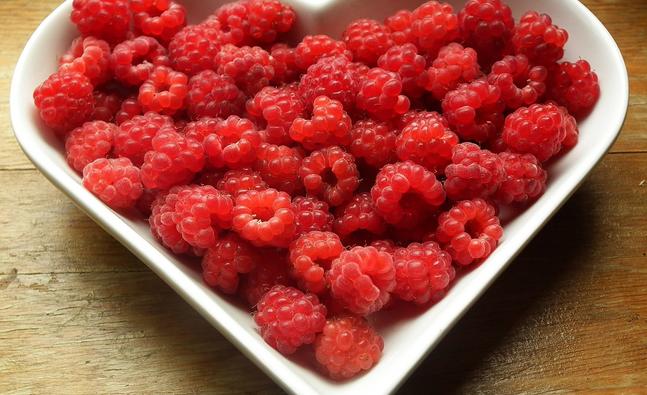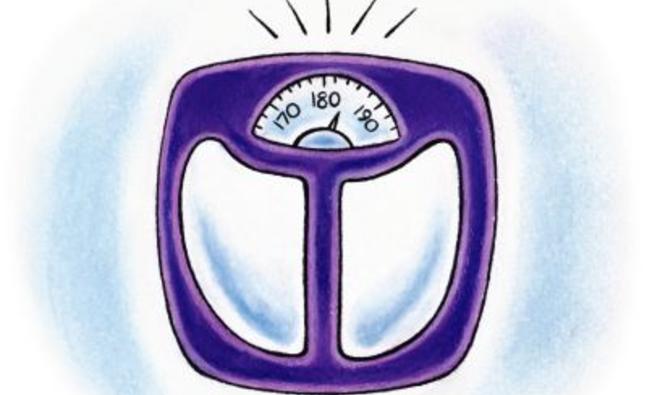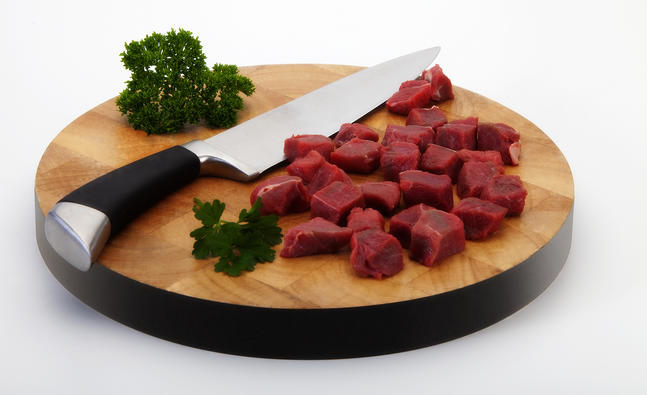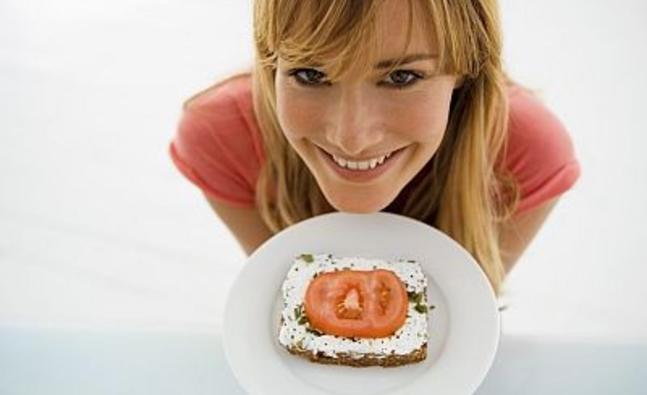Everyone Is Obsessed with Cloud Bread—But Is It Actually Good For You?
In case you haven't heard, cloud bread is kind of a big deal. Since last year, the uber-fluffy bread replacement has gained a ton of traction on Pinterest (a 73 percent bump in visibility, to be exact).
For those cutting back on refined carbohydrates, this grain-free, low-carb alternative seems to be THE snack. But what exactly is cloud bread, and is this unicorn food actually good for you—or too good to be true?
"Cloud bread is a high-protein alternative to bread, made of eggs, cream cheese, cream of tartar, and sweetener," says Edwina Clark, R.D., head of nutrition and wellness at Yummly. "It's made by whipping egg whites with cream of tartar to give it a fluffy texture (hence the name), and then gently folding in a mixture of egg yolks, cream cheese and sweetener." Straight out of the oven, its texture is similar to that of meringue, and once cooled the little puffs retain a softer, chewier feel. Intrigued?
The Hype
What makes cloud bread so attractive is its versatility—not only can it fit into a wide array of diets, like gluten-free, Paleo, and Ketogenic, among others, but it barely takes up any room on the menu. It contains half the calories of regular bread and only one gram of carbs per "cloud."
(Looking for a fun new workout that focuses on results? Get a total body makeover with the Ignite routine.)
Plus, its protein content is comparable to that of regular bread at roughly two grams per cloud, and since it only contains four ingredients, it's easy to make.
"From a micronutrient perspective, cloud bread contains numerous nutrients not found in traditional bread, including vitamin A, vitamin D, phosphorus, choline, and selenium," says Clark. "These nutrients support eyes, bones, metabolism, cognitive function, and immunity."

And like regular bread, it can be frozen and toasted, so batch-cooking is an option for busy bees who want to switch things up, says registered dietician Deborah Malkoff-Cohen. For foodies who love to experiment, you can also add spices and seeds to the base recipe to give yourself a wide array of flavor options (not to mention added nutrients).
The Reality Check
The fact that cloud bread is low in carbs is a big pro for those on carb-restrictive diets, but it can also be a con. "Carbs fuel the brain, working muscles, and are particularly important before and after exercise," says Clark. "If you're considering swapping wheat bread for cloud, make sure that you enjoy other forms of carbohydrates—such as fruit, high-fiber cereals, and quinoa—before and after workouts to stave off fatigue."
Another important nutrient that's missing from cloud bread is fiber, which has been shown to help with cholesterol control and satiety, adds Clark. "If switching entirely to cloud bread, it's important that you get adequate fiber from other sources, like fruit, veggies, and other whole grains," she says.
Plus, if you don't enjoy hanging out in the kitchen, you'll probably find the time and effort it takes to make cloud bread isn't worth it—especially if you're a bread lover. If the light, fluffy texture just doesn't cut it, you probably won't feel satisfied no matter how many clouds you consume.
In that case, try using other methods of keeping your carb intake balanced, like not eating pasta the same day you make a grilled cheese, for example, says Malkoff-Cohen.
The Verdict
"For people who love bread, this isn't an even swap," says Malkoff-Cohen. But for people following certain grain-free diets or who just want to cut back on carbs, cloud bread is a suitable second best," she says. "Like all swaps, there's a place for it in any diet, so long as the remainder of your intake is filled with nutrient-dense foods, such as fruits and veggies."
-
Cameron Diaz The Body Book
Looking at Cameron Diaz, youd never suspect that a normal lunch for th
-
Lose weight by skipping crunchy toppings
-
5 Amazing Ways Jeera Water Helps You To Lose Weight
Have you been trying to lose weight but only ended up disappointed sin
-
Do high knee exercises for a drop in weight
-
Stay on track with this food calorie calculator
-
Drink More Water and Lose Weight
You only need to look at Maria Menounouss impeccable abs (you may reme
- DON'T MISS
- How Your Horoscope Can Affect Your Weight (Seriously!)
- The Simple (and Fun!) Way to Fight Cravings
- Exercise tips for weight loss: Don’t be afraid! Intro to the weights section
- 5 Tips For Big Weight Loss
- Throwback: Celebs before and after weight loss
- Top 7 most effective diets to try in 2016 - as rated by experts
- Egg Diet Plan – What Is It And What Are Its Pros And Cons?
- How to counteract mindless eating
- Burn calories by staying on your feet
- 5 Steps to your weight loss goal




